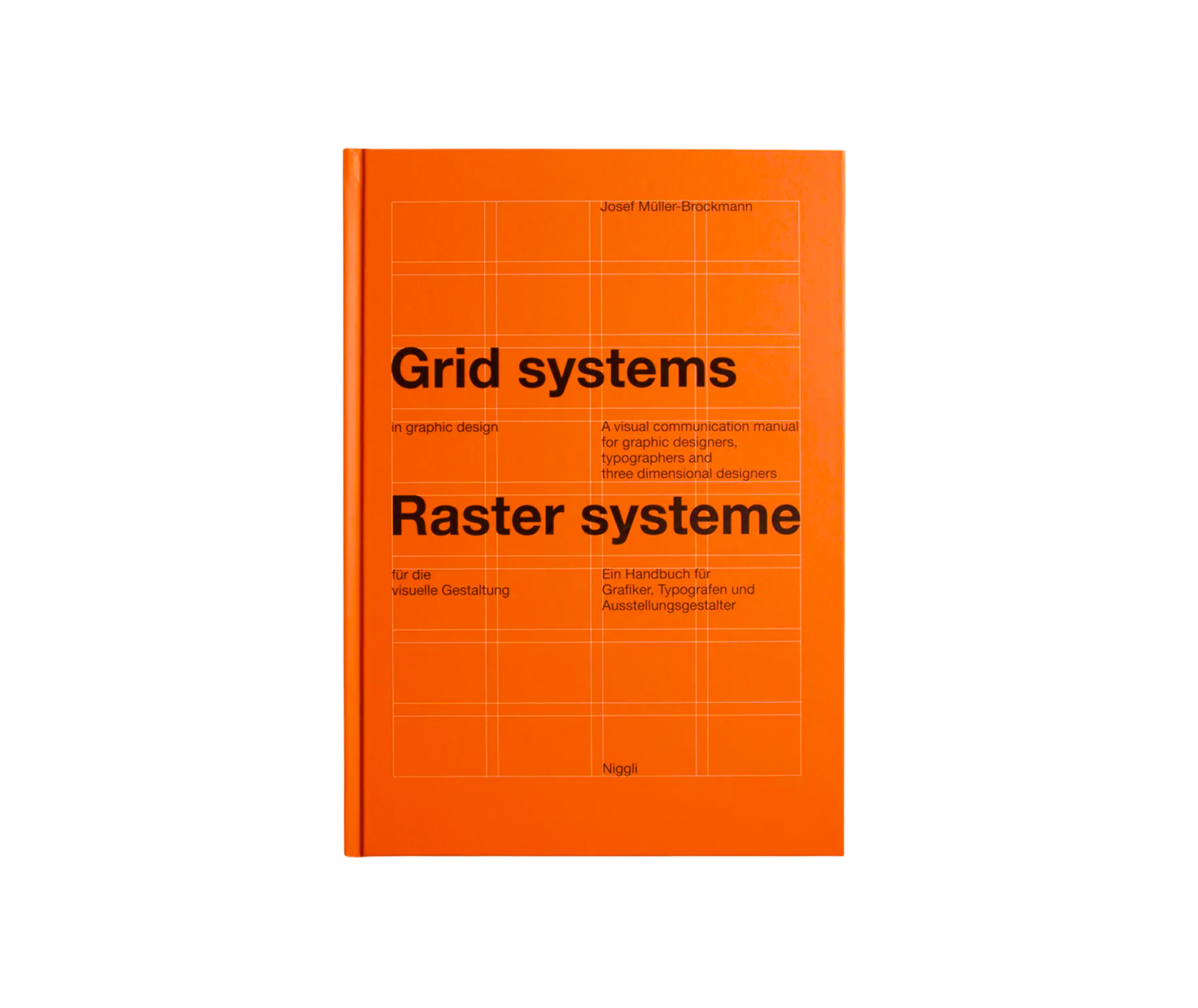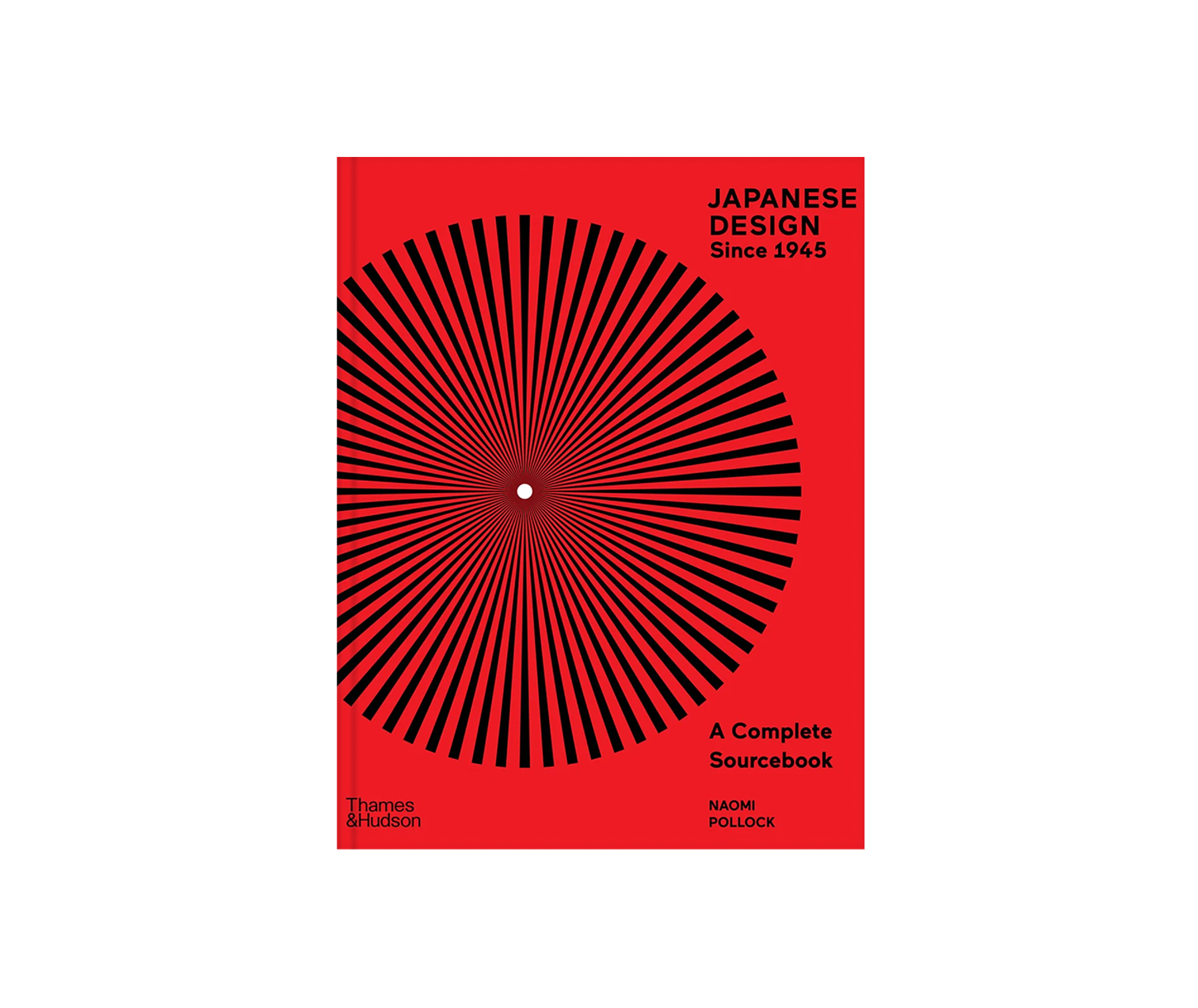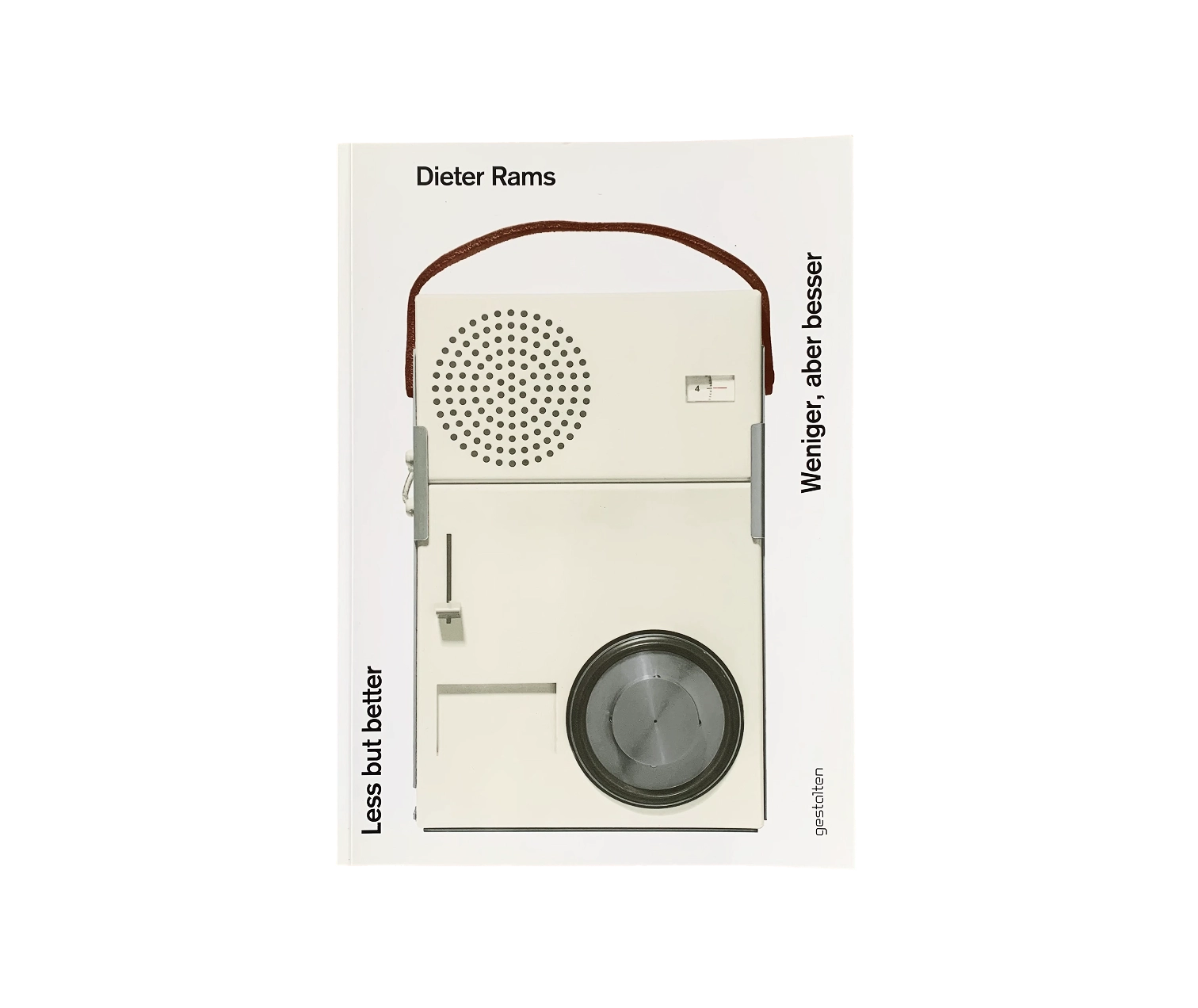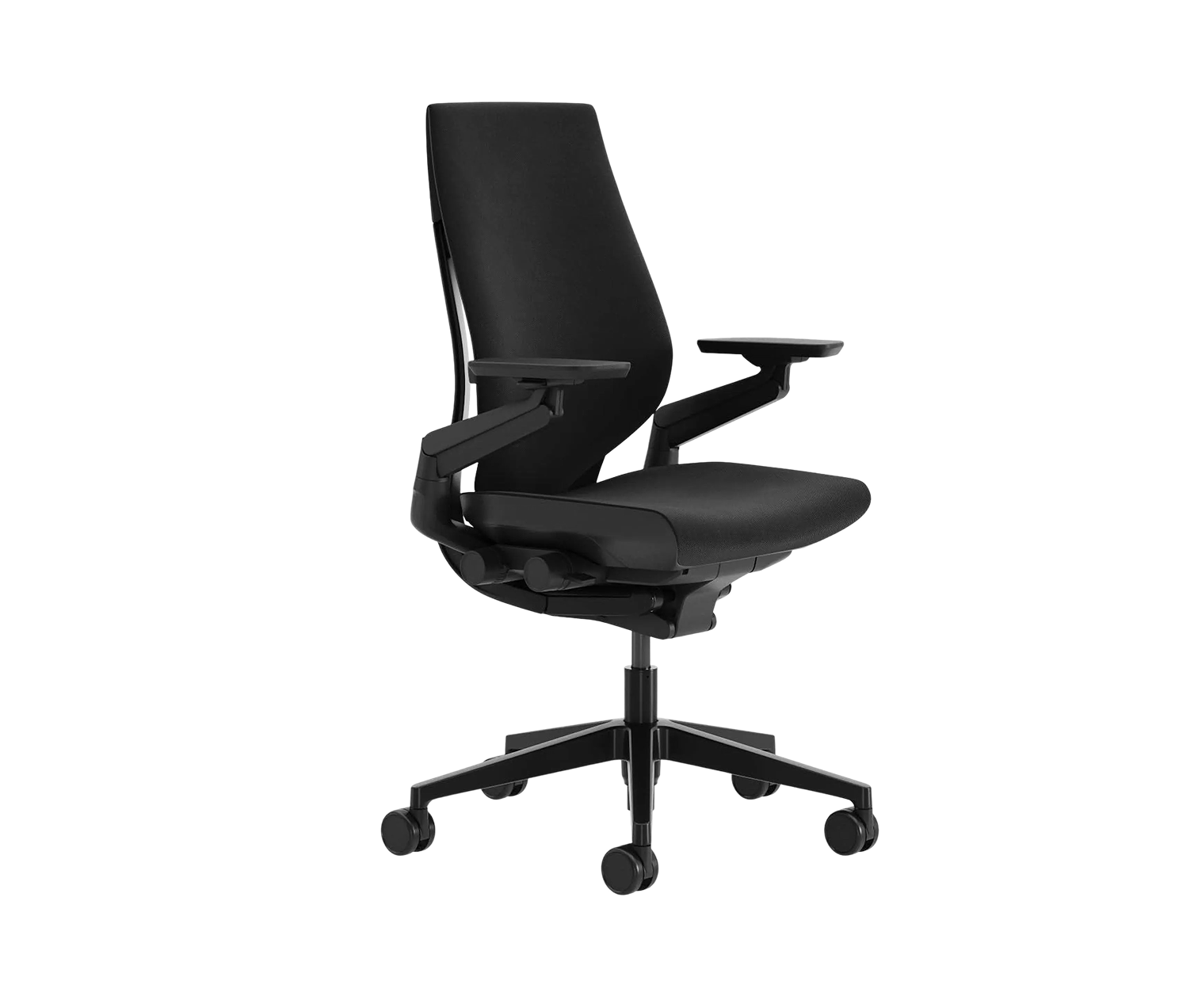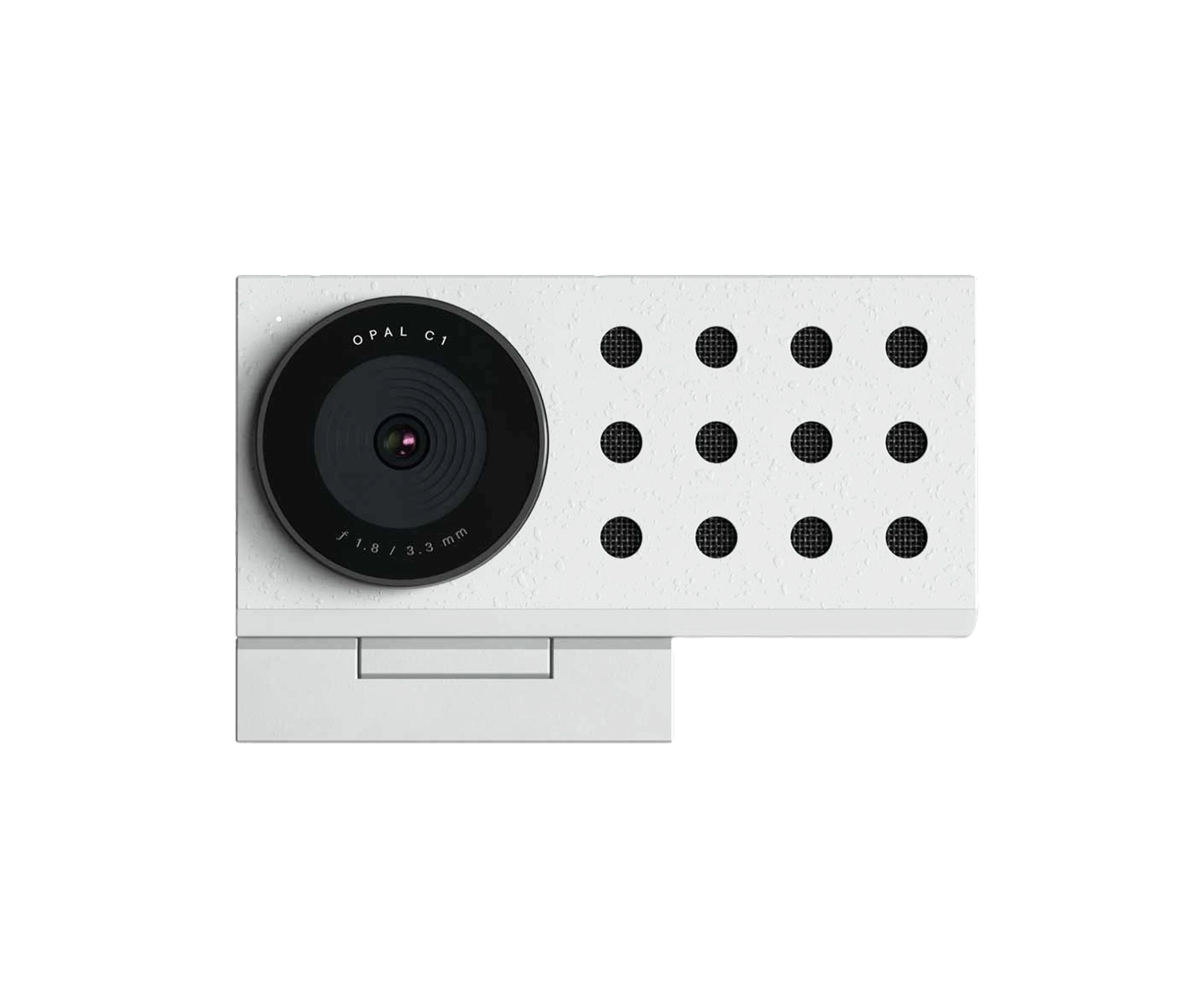Nov 2, 2025
·
·
Design is a form of study.
Every object, image, or space begins with a question: how should this feel, and why should it exist? Books are where those questions find clarity. They record the ideas that shaped the profession long before digital tools took over.
A designer’s library is not for decoration. It is a kind of workshop, filled with quiet reminders of proportion, typography, material, and culture. Pages age differently than screens. They slow the pace of thought. They teach that attention is not a trend but a habit.
The five titles below are foundations of modern design thinking. Each one offers a lesson in simplicity, honesty, or discipline. Together, they form a small but complete syllabus for anyone who wants to design with intent and longevity.
Japanese Design Since 1945: A Complete Sourcebook – $47

Japanese Design Since 1945 is a study of how design rebuilt a nation. It traces the story of Japan’s transformation from the austerity of postwar years into a world leader of quiet innovation.
The book covers furniture, ceramics, packaging, and architecture. It focuses on material honesty and proportion rather than excess. Every photograph feels deliberate. The pages show a world of calm geometry and functional grace, where objects are made to be used and understood.
Designers like Sori Yanagi and Naoto Fukasawa appear throughout its chapters, each demonstrating a sensitivity to context that defines Japanese minimalism. The lesson is simple: refinement is not about removing more but about revealing only what matters.
For readers who already own Designing Design, this book offers the historical foundation that inspired Kenya Hara’s thinking. One explores philosophy, the other practice. Together they show why Japanese design remains unmatched in its balance of utility and emotion.
Dieter Rams: Less but Better – $35

Dieter Rams believed that good design should be as little design as possible. His work for Braun and Vitsœ created the language of modern minimalism that still guides designers today.
Less but Better is both his autobiography and his argument. Inside are hundreds of product photographs that look as relevant now as they did fifty years ago. Radios, record players, clocks, and shelving systems are shown with clinical precision. Every surface, dial, and radius reflects restraint.
The writing is direct. Rams explains that design is not self-expression but responsibility. The goal is not to impress but to clarify. When an object functions perfectly, it becomes invisible.
The book’s format mirrors that clarity. Its proportions are simple and its typography understated. Holding it feels like holding one of his designs.
Grid Systems in Graphic Design – $30

Every designer, regardless of discipline, works within a grid. It is the unseen framework that creates visual harmony. Josef Müller-Brockmann’s Grid Systems in Graphic Design is the book that taught the world how to use it.
Originally published in 1961, it remains the foundation of modern layout design. The book combines theory and instruction with examples from posters, type systems, and photography. Each diagram illustrates how proportion and rhythm give order to complexity.
Reading it feels like learning a language of balance. The grid becomes a way to organize thought as much as form. When applied carefully, it turns chaos into clarity. Its orange cover is now iconic in itself, appearing in studios and universities worldwide. Yet its influence extends far beyond print. The same principles shape web design, product interfaces, and spatial systems.
The Design Book – $45

The Design Book by Phaidon is a catalog of the objects that defined modern life. It brings together five hundred designs that changed the way people live, from the Eames Lounge Chair to the Bialetti coffee maker.
Each entry is brief, almost poetic. A photograph, a name, and a few sentences describe what makes the object endure. The book reads like a map of design history, showing how good ideas evolve through repetition and refinement.
Its tone is encyclopedic but not academic. It celebrates beauty without turning it into spectacle. The collection includes furniture, tools, electronics, and textiles, showing that great design lives in both the extraordinary and the ordinary. The book is ideal for reference or quiet study.
Designing Design – $75

Kenya Hara’s Designing Design is a meditation on awareness. The art director of Muji argues that design is not the act of adding something new but of revealing what already exists.
The essays explore emptiness, tactility, and perception. Hara writes that beauty lies in what is not immediately visible. He studies how materials hold memory and how the smallest gestures can create meaning. The book’s layout mirrors its message. Wide margins and soft photography create a sense of calm. The printing feels almost architectural, every page inviting stillness.
For designers, it offers a new definition of minimalism. It is not absence, but sensitivity. It is not silence, but attention.
A Designer’s Library
Together, these five titles form a conversation about how to see. Each book covers a different aspect of creative practice, from structure to philosophy.
Japanese Design Since 1945 teaches cultural empathy and precision.
Dieter Rams: Less but Better defines responsibility and order.
Grid Systems in Graphic Design gives structure to visual thought.
The Design Book provides historical perspective.
Designing Design turns those lessons into a personal ethic.
These are not books for a shelf that gathers dust. They are tools that refine perception. Reading them is a quiet discipline, one that shapes how a designer moves through the world.
Design evolves, but its foundations remain constant. Balance, clarity, and care never go out of style.

